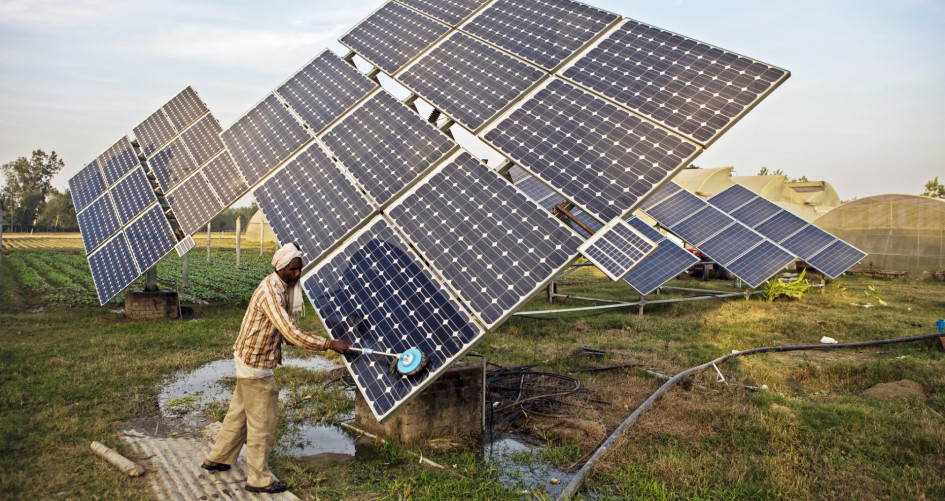UN Climate Change News, 29 September 2022 – The two bodies under UN Climate Change’s Technology Mechanism have stepped up their collaboration to help accelerate the development and transfer of climate technologies to developing countries.
The Technology Executive Committee and the Climate Technology Center and Network developed a new joint work programme that will bring them closer together and enhance coherence and synergy in their work. The new work programme will shape efforts related to technology development and transfer under UN Climate Change for the next five years, starting in 2023.
This is a critical milestone that will help achieve the goals of the Paris Agreement.
“Our hope is that this joint programme of work enables a new way of working that multiplies the impact of the Technology Executive Committee and Climate Technology Center and Network and is conducive to inclusive multilateralism by bringing together state and non-state actors in the process of technology development and transfer,” said Daniele Violetti, Senior Director at UN Climate Change, at the joint committee and advisory board meeting earlier this month.
Showcasing innovation
The work conducted during the meeting went beyond policy-focused and expert-based discussions. It also included practical examples of technology development and transfer making a difference on the ground.
Ambrosio Yobánolo, Chair of the Technology Executive Committee, highlighted the urgency for action.
“The report on climate change mitigation by the third working group of the Intergovernmental Panel on Climate Change highlights that systemic approaches to technological change could help countries make the necessary transformational changes to achieve the global temperature goal, while addressing parallel challenges of sustainable development and climate change,” he said.
Kenya’s Climate Innovation Center was highlighted as a successful example of national systems of innovation. The Center promotes innovative climate change solutions and sustainable development in Kenya. Its green entrepreneurship project, which started more than 10 years ago, has marshalled more than USD 48 million to support more than 1,800 startups. It also aims to adopt an inclusive and gender-balanced approach by supporting female entrepreneurs. At least 30% of its clientele are women.
A similar collaborative approach can be found in the case of Indonesia’s public-private cooperation for scaling up technologies that help the country adapt to the effects of climate change. Because of rising sea and river levels, as well as more frequent and severe weather events, the country has faced serious flooding of its various coastal zones. A technology needs assessment focused on providing the country with flood-hazard mapping and forecasting systems as well as hydrodynamic modeling to reduce flooding risks. Experts and government agencies were assembled to support climate-resilient infrastructure projects, including the construction of a large seawall to reduce coastal inundation in Jakarta.
In Armenia, half of the energy used in buildings is provided by fossil fuels in a country where one-third of Armenian households are energy-poor, meaning that they spend more than 10% of their budget on energy. As a result, USD 29.8 million has been provided by the Green Climate Fund and other sources to build a market for energy-efficient building retrofits.
What’s next?
What should technology experts, practitioners and enthusiasts look out for in the coming months?
- The Technology Executive Committee and the Climate Technology Center and Network will launch their joint work programme, and initiate its implementation in 2023.
- Both bodies will engage with technology stakeholders at the upcoming UN Climate Change Conference (COP 27), including at the Technology Mechanism Pavilion.
- Both bodies have planned joint communications and outreach efforts, including a LinkedIn group dedicated to climate technology, hosted by UN Climate Change. All technology practitioners, policymakers, experts, and learners are welcome to join the group.
- Updates on the activities of the Technology Mechanism are available at https://unfccc.int/ttclear.
